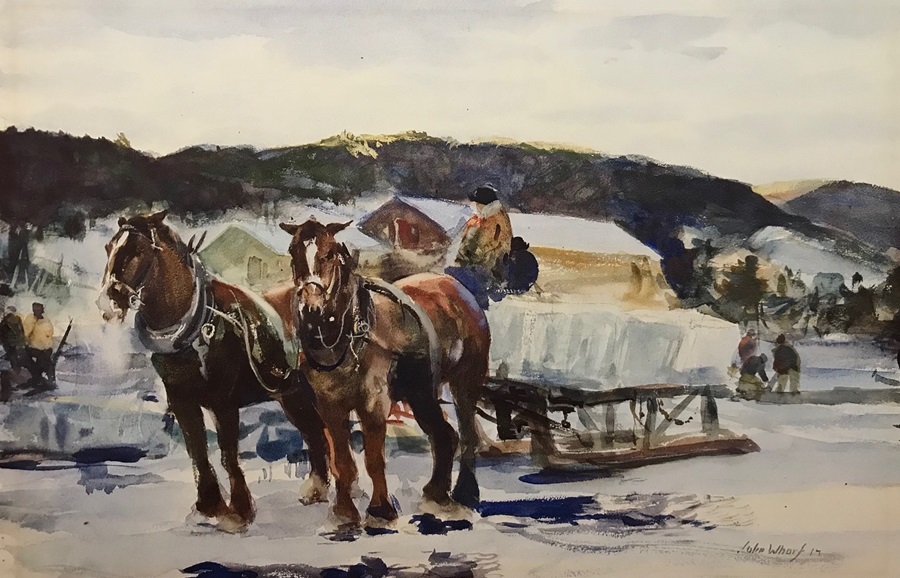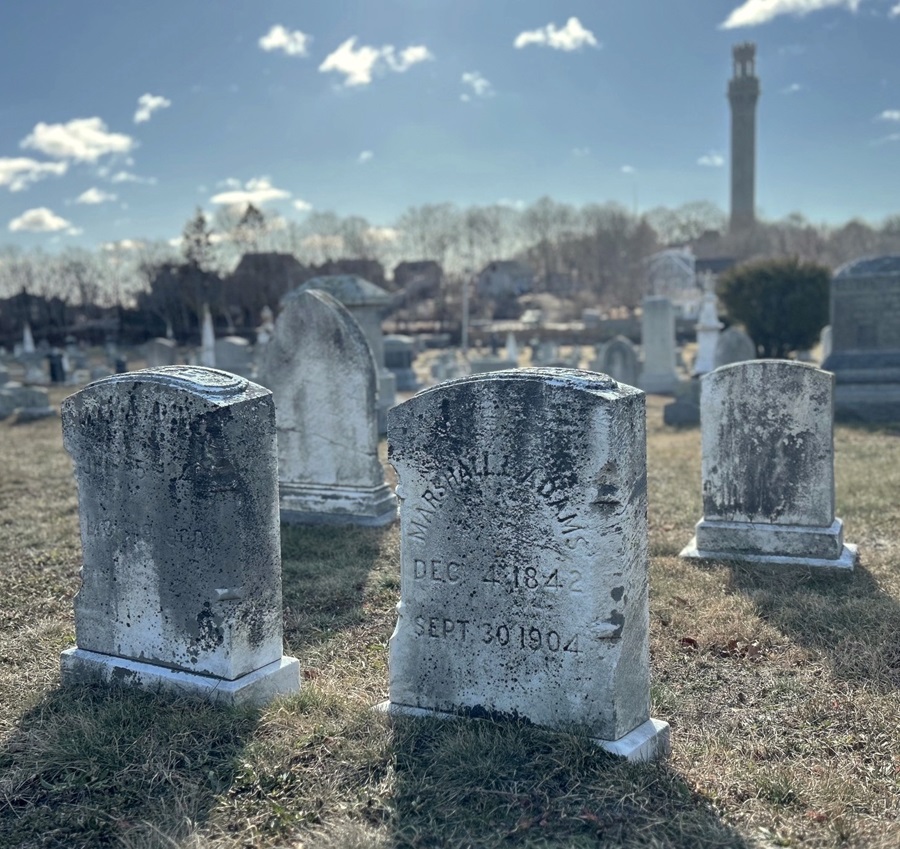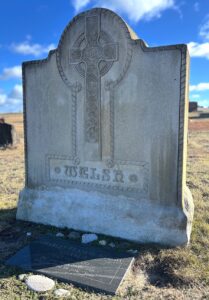The Shank Painter Pond Wildlife Sanctuary, part of Provincetown’s freshwater ecosystem, is, in a sense, a way back in time. As the heart of winter takes hold, a stillness envelops the Shank Painter landscape, as it has for generations. It is a place as unchanged and pristine as one might hope to find amid modern life.
But in that stillness, one tuned to history might imagine the clamor of an interlude of yesteryear. In the days before mechanical refrigeration, and for just a ripple in the pond’s long existence, crews of men and boys and teams of horses descended on Shank Painter to bring in the first “crop” of the year: the ice harvest.
A successful harvest of smooth, flat, clean ice, like any crop, required preparation. The pond surface was scraped to remove debris that would affect the quality of the ice and snow that might inhibit freezing. By late January, once the ice had reached a thickness of six to eight inches, its mirrored surface was scored with a grid of lines several inches deep over which horse-drawn plows cut nearly through. The final cuts were made with large handsaws.

Ice blocks, called cakes, were sledded across the surface or floated in an open channel to the icehouse at the pond’s edge. It was a simple structure, windowless and with double walls that were insulated with straw, sawdust, or, in a place like Provincetown, saltmarsh hay. The ice cakes, precisely cut to fit together snugly, were individually insulated and piled in dense stacks. The denser the stack, the better — a good one could last two years. Drain holes in the icehouse floor allowed for runoff from melting ice.
Provincetown’s ice-cutting industry supplied fishing businesses and restaurants as well as household ice boxes for about 60 years. Local ice entrepreneurs included Joseph Gonsalves DeRiggs, whose business was established at Pilgrim Lake (East Harbor) in the late 1890s, and Stephen Bennett, whose Bennett Ice Plant, likely the first ice enterprise in Provincetown, was at Bennett Pond in the Beech Forest. Frank A. Crawley, who owned the Crawley Ice Company in the 1930s, Walter Welsh, owner of the Walter Welsh Ice Company, Marshall L. Adams, and John Darrow Adams Jr. (who was no immediate relation to Marshall Adams) all operated at Shank Painter Pond.
Stephen Bennett (1824-1905), a native of England, arrived in America in 1839, settling in Provincetown in 1842. In 1846 he married Provincetown native Sarah Smith and worked first as a rigger of ships. Herman Jennings, in his charming 1890 book, Provincetown: Odds and Ends From the Cape Tip, notes that Bennett began his ice business in 1870, building an icehouse and stable at Bennett’s Pond. He was well established by 1884 when, on his petition for citizenship, he declared himself an ice dealer.
As the fishing industry demanded more and more ice, Bennett enlarged his facilities and added new buildings, and Jennings reported that his establishment was then, in 1890, the most extensive of those in operation.
Stephen’s son, Samuel A. Bennett (1847-1921) joined the ice business, as did a grandson, Stephen, who, as a teenager, worked as a laborer before becoming a railroad conductor.
A close look at the 1880 map of Provincetown in the Barnstable County Atlas reveals a small notation identifying an icehouse at Shank Painter Pond owned by M.L. Adams. Marshall Lawson Adams (1842-1904) was the Provincetown-born son of Capt. John Adams of Salem and Abigail Sampson of Abington, John’s third wife.

In 1863, Marshall married Mary Moore of New Brunswick, and in 1865 he purchased a building in the center of town from a half-brother, Reuben A. Adams. Marshall Adams razed the building and built a grocery store. In the mid-1880s, the store passed to his son, John, proprietor of the John Adams’ Market until his appointment as postmaster in 1916.
In March 1892, the Yarmouth Register reported a “big blaze” at the Adams icehouse, then being rented by Stephen Bennett. Suspected of being the work of a “fire bug,” the “fiery shroud” resulted in the complete loss of all three buildings on the site, though, miraculously, some of Bennett’s 1,000 tons of ice was salvaged.
Marshall Adams, remembered as shrewd and energetic, became one of Provincetown’s most distinguished citizens, serving as chairman of the Overseers of the Poor, county treasurer, chairman of the Town Hall Building Committee, and chairman of the selectmen for a quarter of a century.

By November 1895, the Barnstable Patriot was reporting that Walter Welsh (1869-1933), born in Provincetown to Irish parents, was building a large icehouse on the Adams site. The 1912 Sanborn insurance map identifies the premises as the Walter Welsh Ice Company, though by then it was likely a business investment for Welsh, who had completed law school and been admitted to the bar in 1903. In 1914, he was appointed judge of the 2nd District Court of Barnstable, then sitting in Provincetown, thus beginning a four-generation family dynasty of Outer Cape judges.
Like Marshall Adams, Welsh was prominent in Provincetown’s civic life, serving as chairman of the school committee, as president of the Board of Trade, and on the executive board of the Tercentenary Committee commemorating the Pilgrims’ landing at Provincetown.
Succeeding Walter Welsh at the Shank Painter Pond site was John Darrow Adams Jr. (1894-1958), whose father was the proprietor of Adams’ Pharmacy on Gosnold Street. Though the Sanborn maps for 1919 and 1929 denote the J.D. Adams icehouse, newspapers reported that a November 1918 fire had destroyed the building. The same site is shown on the 1938 Sanborn map as belonging to Frank A. Crawley.
The ice trade had revolutionized the food industry, largely supplanting the labor-intensive methods of drying, salting, and canning. In the same way, by the 1930s, mechanical refrigeration continued transforming food preservation and daily life. In Provincetown, Frank A. Crawley at Shank Painter Pond and Joseph DeRiggs at Pilgrim Lake were the last of the ice farmers, after which the harvest melted into history and winter’s serenity returned to the ponds.



